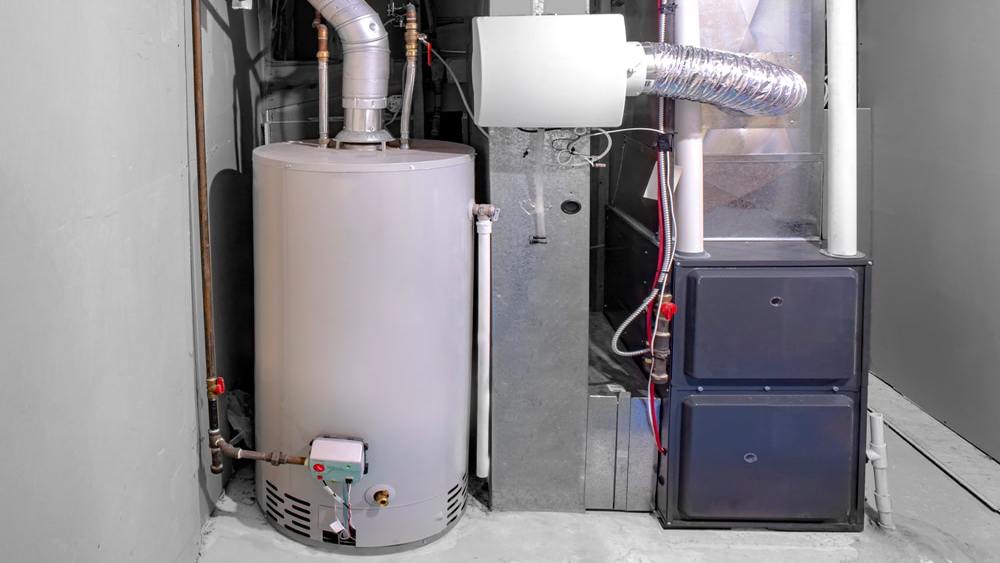HVAC Portland experts: Providing affordable heating and cooling solutions
The Ultimate Guide to Furnace Installation for a Cozy Home
Heating system installation is a crucial facet of preserving a comfortable home setting, especially during the chillier months. As you consider these variables, the concern remains: what actions can you take to ensure your heater serves you well for years to come?
Kinds Of Heating Systems

Gas heaters are the most common option because of their performance and reduced functional prices. They utilize gas or propane, offering quick heating and constant efficiency, making them excellent for cooler environments.
Electric heaters, while generally easier to install and maintain, tend to have higher operational costs. They are frequently favored in areas where gas service is unavailable or for homes with existing electrical framework.
Oil heaters, though much less usual today, stay a feasible choice in specific regions. They burn heating oil, which can be useful throughout cooler months, however their reliance on oil delivery poses possible obstacles.
Furthermore, there are high-efficiency designs available across these kinds, which can substantially reduce energy intake and energy expenses - furnace installation. Ultimately, understanding these heater types will aid house owners select a system that aligns with their home heating needs, budget, and power choices
Picking the Right Size
Picking the proper dimension for a heating system is important to making certain optimal performance and power efficiency. A small heater will have a hard time to keep comfortable temperatures during the cold months, resulting in increased damage, higher power expenses, and potential system failing. Conversely, an extra-large furnace might cycle on and off too regularly, resulting in ineffective heating and unequal temperature distribution within the home.
To determine the right furnace size, an estimation called the Guidebook J load estimation should be done. This procedure assesses numerous factors, including the square video of the home, insulation levels, window dimensions, and neighborhood climate problems. This thorough analysis guarantees that the heater meets the particular home heating needs of the space.

Setup Process Overview
In terms of products, you will certainly need ductwork, insulation, and securing tape to make sure optimal air movement and energy efficiency - furnace installation. It is additionally essential to have a brand-new heating system filter on hand, in addition to venting products, such as PVC pipe or steel flue, depending upon the type of heating system being installed
Safety and security equipment, consisting of gloves, safety glasses, and a face mask, is also essential to safeguard versus dust and particles during setup. Having all these tools and materials conveniently available not just streamlines the procedure yet likewise boosts the safety and efficiency of the furnace setup.
Upkeep Tips for Longevity
To make sure the long life of your furnace, it is necessary to implement a routine upkeep schedule that deals with vital components of the system. Begin by changing or cleansing the air filter every one to three months, as a stopped up filter can limit airflow and decrease effectiveness. In addition, inspect and clean the blower assembly to stop dirt accumulation that can hinder performance.
Next, inspect the thermostat setups and rectify if necessary to ensure precise his comment is here temperature guideline. Evaluate the ductwork for leakages or clogs, as this can lead to energy loss and uneven heating. On a regular basis oil the electric motor and bearings according to the producer's referrals to decrease wear and tear.
Specialist evaluations ought to happen every year, where a certified technician can evaluate the furnace's general problem, look for gas leaks, and make sure that safety features are operating appropriately. Lastly, think about installing a programmable thermostat to optimize energy use and keep constant home temperatures. By taking on these maintenance practices, you can enhance your heater's effectiveness, prolong its lifespan, and inevitably appreciate a relaxing and comfortable home environment.
Verdict
